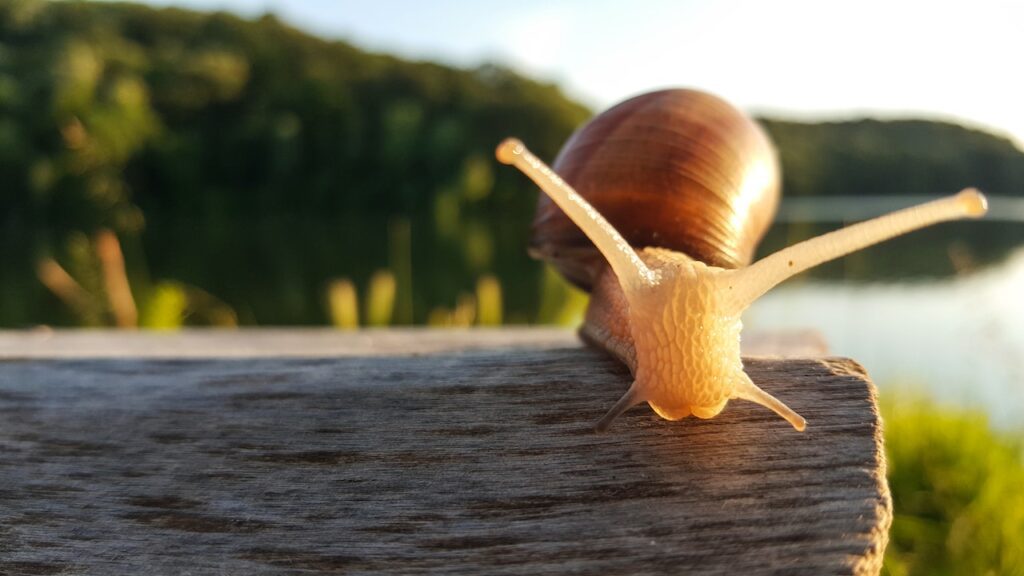
Hawaii, a collection of vibrant islands known for their breathtaking landscapes, warm aloha spirit, and an abundance of natural wonders, has a lesser-known, fascinating secret. The islands are home to a unique and diverse group of snails that hold the key to understanding an ancient world. In this post, we delve into the enigmatic realm of Hawaiian indigenous snails, exploring their history, significance, and the role they play in our understanding of the environment.
The Hawaiian Islands are a biodiversity hotspot with more than 750 known species of land snails
These tiny, slow-moving creatures are among the world’s most threatened animals due to habitat destruction, invasive species, and climate change. For visitors to Hawaii, taking a closer look at these tiny ambassadors of a delicate ecosystem can provide a new perspective on the islands’ ecological balance.
The first Polynesian settlers who arrived in Hawaii around 1,500 years ago discovered an isolated ecosystem teeming with unique flora and fauna, including these fascinating snails. For centuries, the indigenous people of Hawaii have revered snails as a symbol of growth and perseverance, integrating them into their mythology and cultural practices. The snails’ shells, or pūpū, were used in traditional lei-making and served as a medium of exchange.
One of the most intriguing aspects of Hawaii’s snails is their evolution.
Due to the isolation of the islands and their volcanic origins, these snails have developed remarkable adaptations to survive in a range of habitats, from dense forests to arid lava fields. Many of these species are found nowhere else on Earth, making them an invaluable resource for scientists studying evolution and ecology.
A notable example of Hawaii’s snail diversity is the Achatinella, a genus of colorful tree snails found only on Oahu. With their vibrant shells, these snails have been the subject of extensive research, providing valuable insights into the evolutionary history of the islands. Their beauty and uniqueness have also made them a symbol of Hawaii’s fragile environment and the importance of conservation efforts.
Another captivating species is the tiny, carnivorous Newcomb’s snail, found only on the island of Kauai. This endangered snail resides in freshwater streams and springs, where it plays a vital role in maintaining the health of the island’s aquatic ecosystems. Despite its small size, the Newcomb’s snail is a formidable predator, consuming other snails and aquatic insects in its quest for survival.
For those traveling to Hawaii, experiencing the wonder of these snails firsthand can be a transformative experience.
Several nature reserves and parks on the islands provide opportunities for visitors to witness these remarkable creatures in their natural habitat. The Waimea Valley, a nature reserve on Oahu, offers guided tours that highlight the native flora and fauna, including the Achatinella tree snails.
Alternatively, for a more immersive experience, consider participating in a volunteer conservation program. Organizations such as the Snail Extinction Prevention Program (SEPP) offer opportunities for visitors to aid in snail conservation efforts, from habitat restoration to species monitoring. By joining these programs, travelers can not only learn about Hawaii’s unique snails but also contribute to their survival.
Hawaii’s indigenous snails are a testament to the rich biodiversity and unique natural history of the islands. They serve as a reminder of the delicate balance that exists within our ecosystems and the importance of preserving and protecting these fragile habitats. By deepening our understanding of these small yet significant creatures, we can better appreciate the intricate web of life that connects all living beings on our planet.
As you explore the enchanting beauty of Hawaii, take a moment to appreciate the subtle wonders hidden in the undergrowth. The Hawaiian indigenous snails, with their astonishing diversity and fascinating adaptations, hold the key to understanding an ancient world and our role in preserving it for future generations. Embrace the opportunity to connect with these captivating creatures and, in doing so, gain a deeper appreciation for the natural world and our responsibility to protect it.

Scott Sweeney is the creator of Virtual Hawaii 360. Scott is a professional marketer and a lifelong Hawaii enthusiast. Scott splits time between Oahu and Dayton, Ohio. In addition to his marketing endevours, he is also a published Ukulele musician.
